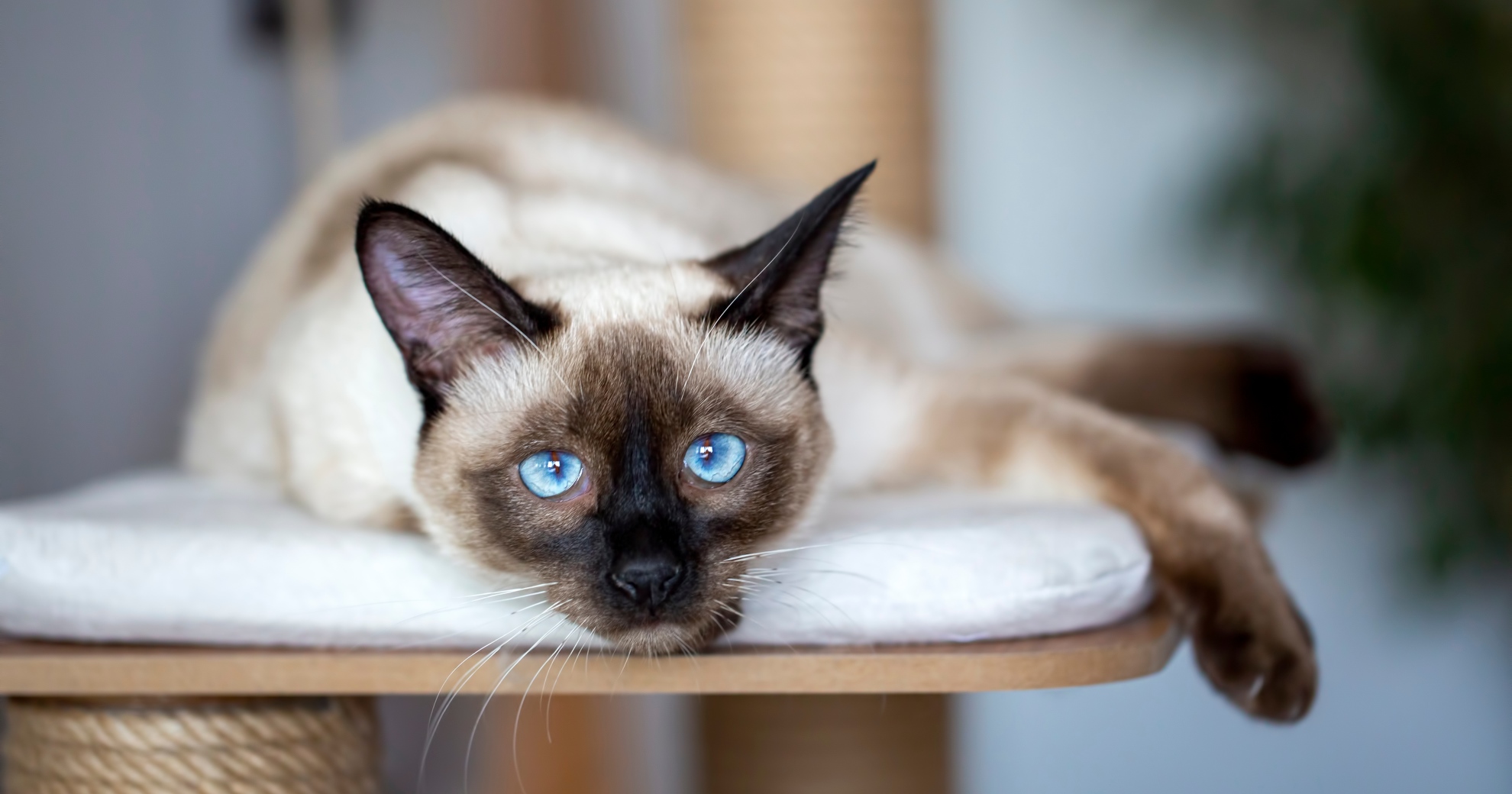HEALTH & WELLNESS

VOTING BOOTH

TRENDING

LIONS FOUNDATION OF CANADA DOG GUIDES
Lions Foundation of Canada Dog Guides and its founding program, Canine Vision Canada, was established in 1983. It’s the largest school of its kind in Canada with its training school in Oakville and breeding facility in Breslau.
Defining Feline Lifestyle Risk

Cats do not all have the same lifestyle. Understanding the risks associated with lifestyle is very important to adequately protect your companion.
The traditional classification of indoor cat and outdoor cat is often inadequate as some additional risks may be present and are sometimes minimized or even omitted. Due to several factors, such as the enrichment of the living environment, outdoor outings, a move, new adoption, behavioral problems, many cats will see their lifestyle change over time. There is no optimal lifestyle, each has its advantages and disadvantages.
THE INDOOR CAT
Benefits of being an indoor cat exclusively are mainly the reduction of the risk of injury, contact with infectious agents (viruses, bacteria, parasites), poisoning, and suffering from bad climatic conditions. Nonetheless, the exclusively indoor cat may be less able to express its natural behaviors if its environment is not properly enriched. The indoor cat is more at risk of developing certain behavioral problems as a result of boredom, lack of stimulation, as well as lack of physical exercise. Obesity can also affect your furry companion. The lack of stimulation can create anxiety leading some cats to develop stress-related health problems (certain type of urinary problems as well as constipation for example).
THE OUTDOOR CAT
For the outdoor cat, having contact with open spaces as well as the fresh air allows innate expression of its feline behaviors but unfortunately increases its risk of injury, infections, poisoning and most likely subjects the cat to the rigor of the climate.
Being often outdoors helps to promote exercise, and maintaining a healthy weight more easily, unless your cat goes begging for food from your neighbors!
THE INDOOR/OUTDOOR CAT
The ideal compromise remains the indoor cat that can benefit from outdoor access, so the cat enjoys all advantages of going outside with less associated risks. However, the external access must be secure. A fenced enclosure (catio/cat patio) of a good size, closed, with several observation points and rest zones in height, access to a grassed area and a shelter from the sun will delight many felines.
If your cat agrees, supervised leash outings can also allow him/her to change the routine and do some exercise. With slow and sustained learning, the cat can learn to “forget” that there is a leash and express some of its feline behaviors. Do not forget to let your cat take the lead when walking on leash, do not pull on it.
UNKNOWN RISKS
The presence of a dog at home, another cat of the household going outside, cat-to-cat contacts through a window, patio door or catio or any other possible contact situation should be mentioned to your veterinarian. These are unknown risks that are often not revealed at the time of your cat’s annual examination. With a good knowledge of these risks, your veterinarian will be able to adequately assess the prevention needs for your pet.
Do not forget that may your cat be exclusively indoors, outdoors or a mixture of both, he/she must be adequately protected against parasites and vaccinated against infectious diseases.
Schedule a visit with your veterinarian now to discuss your cat’s lifestyle, the associated risks, and the antiparasitic and vaccine prevention your loving friend needs.
Related Article
Here’s How To Improve Your Cat’s Well-being Read Now










